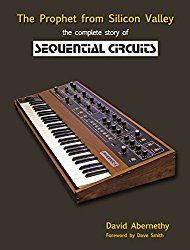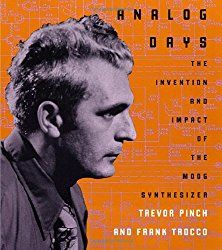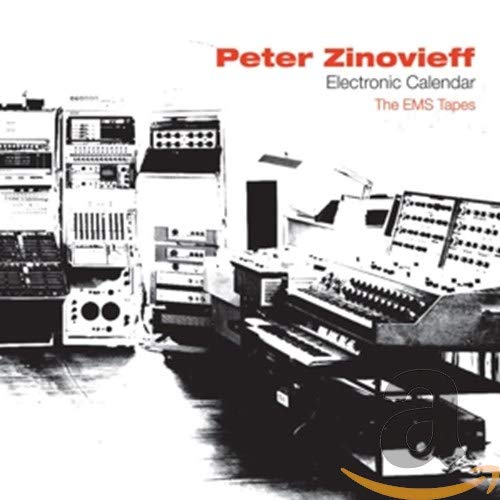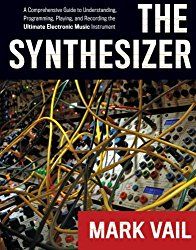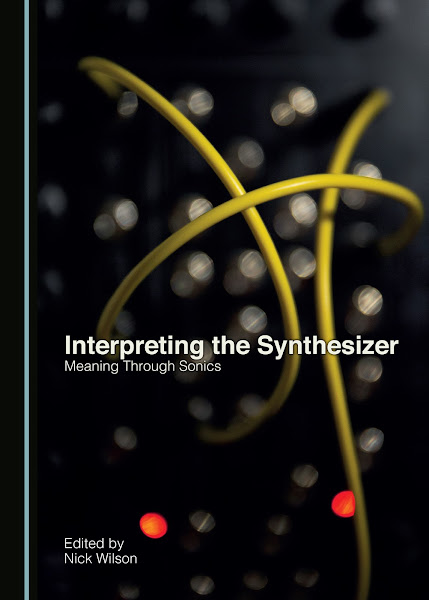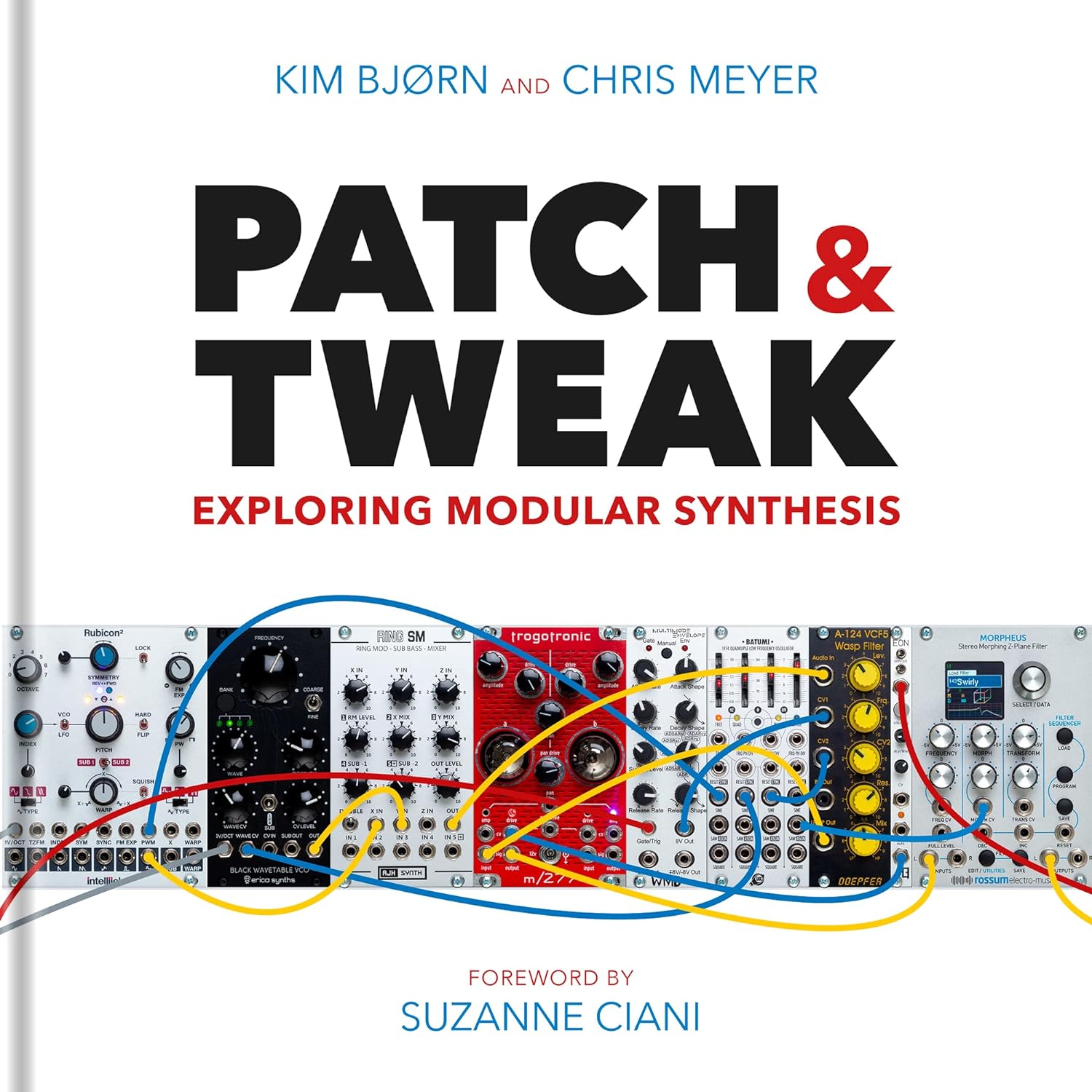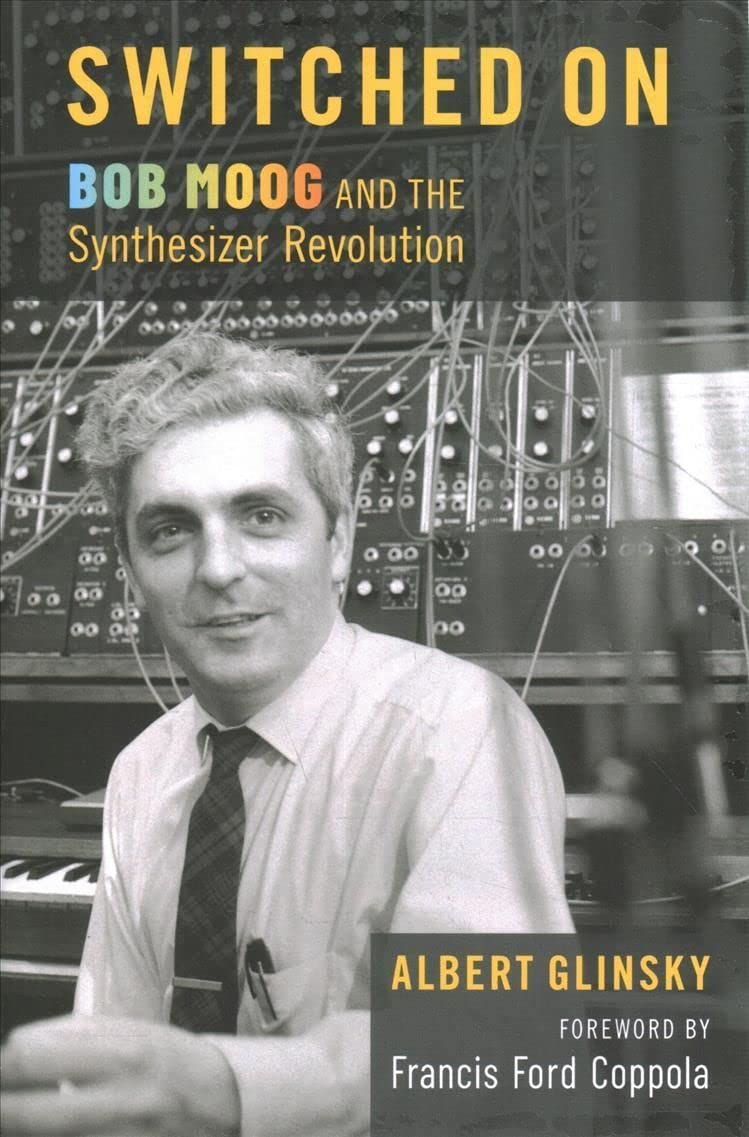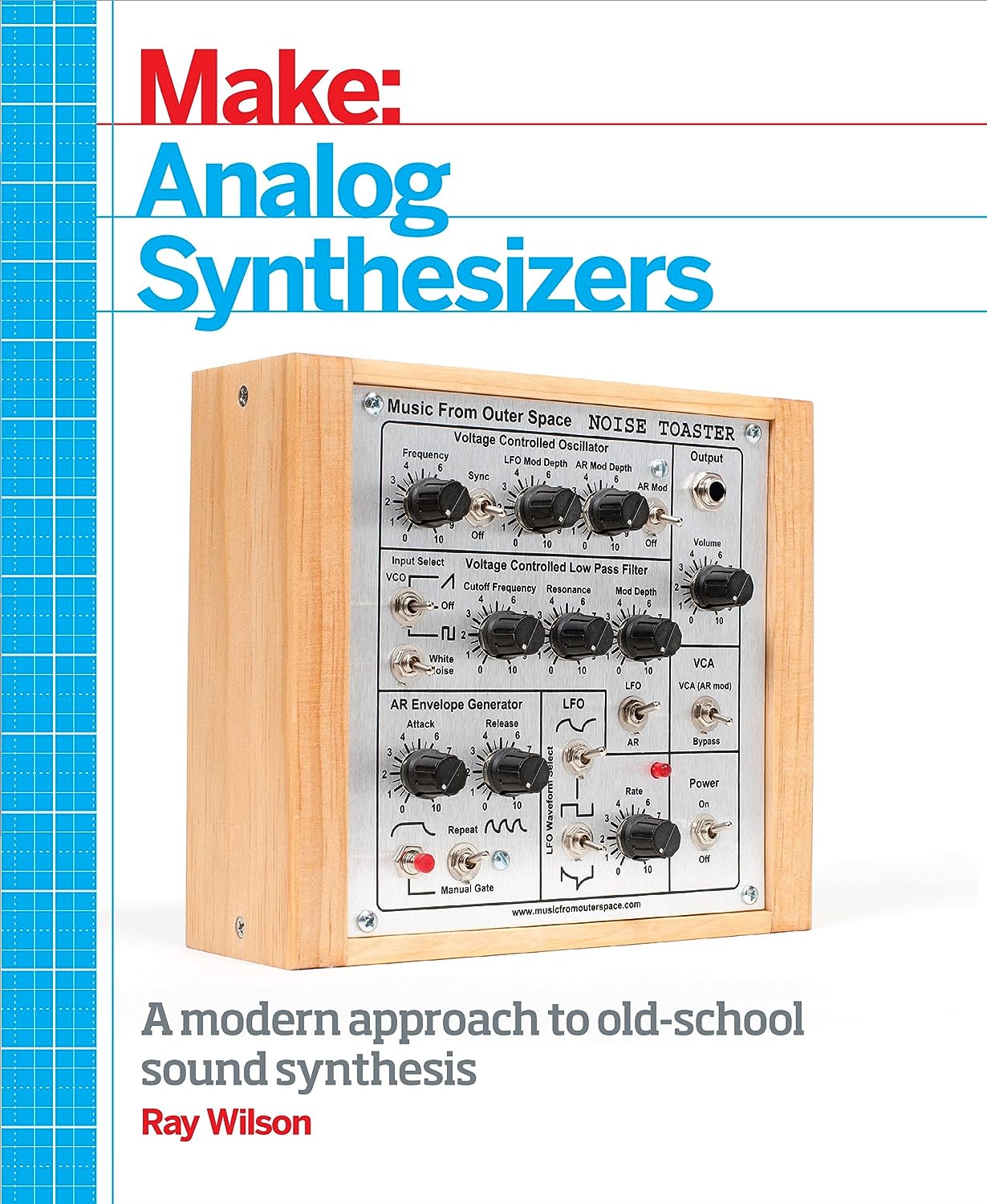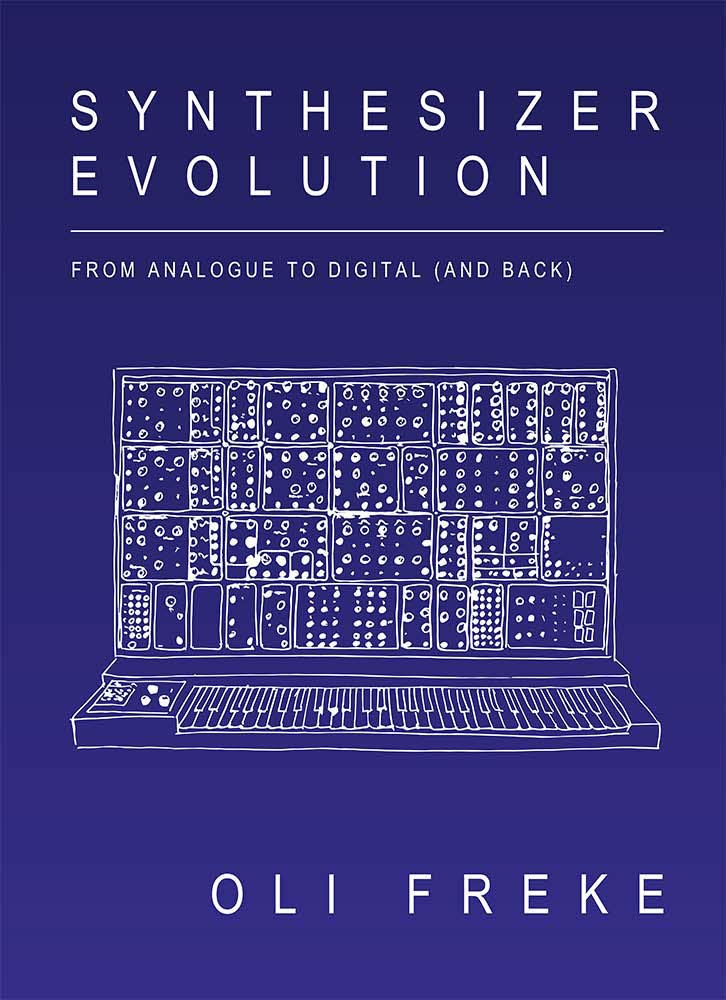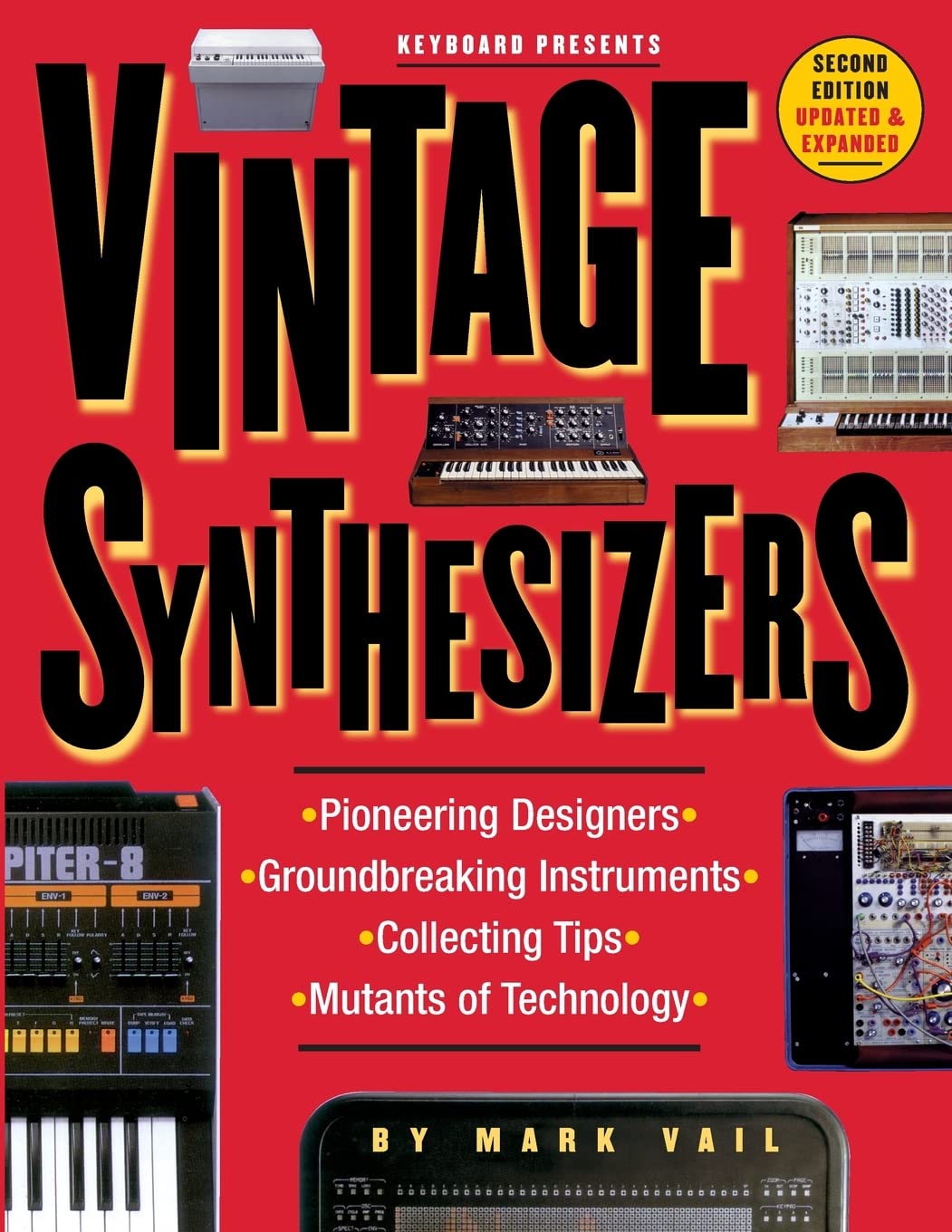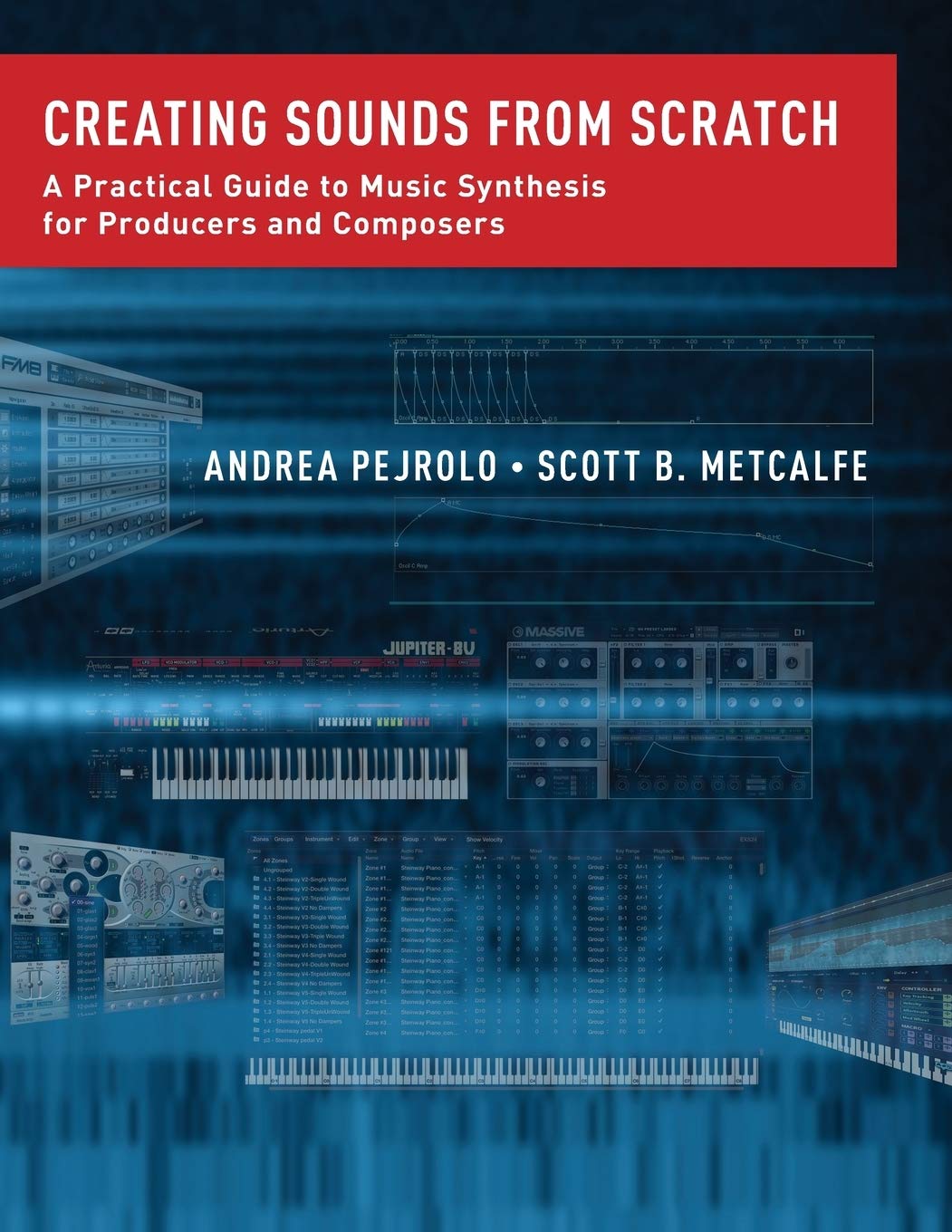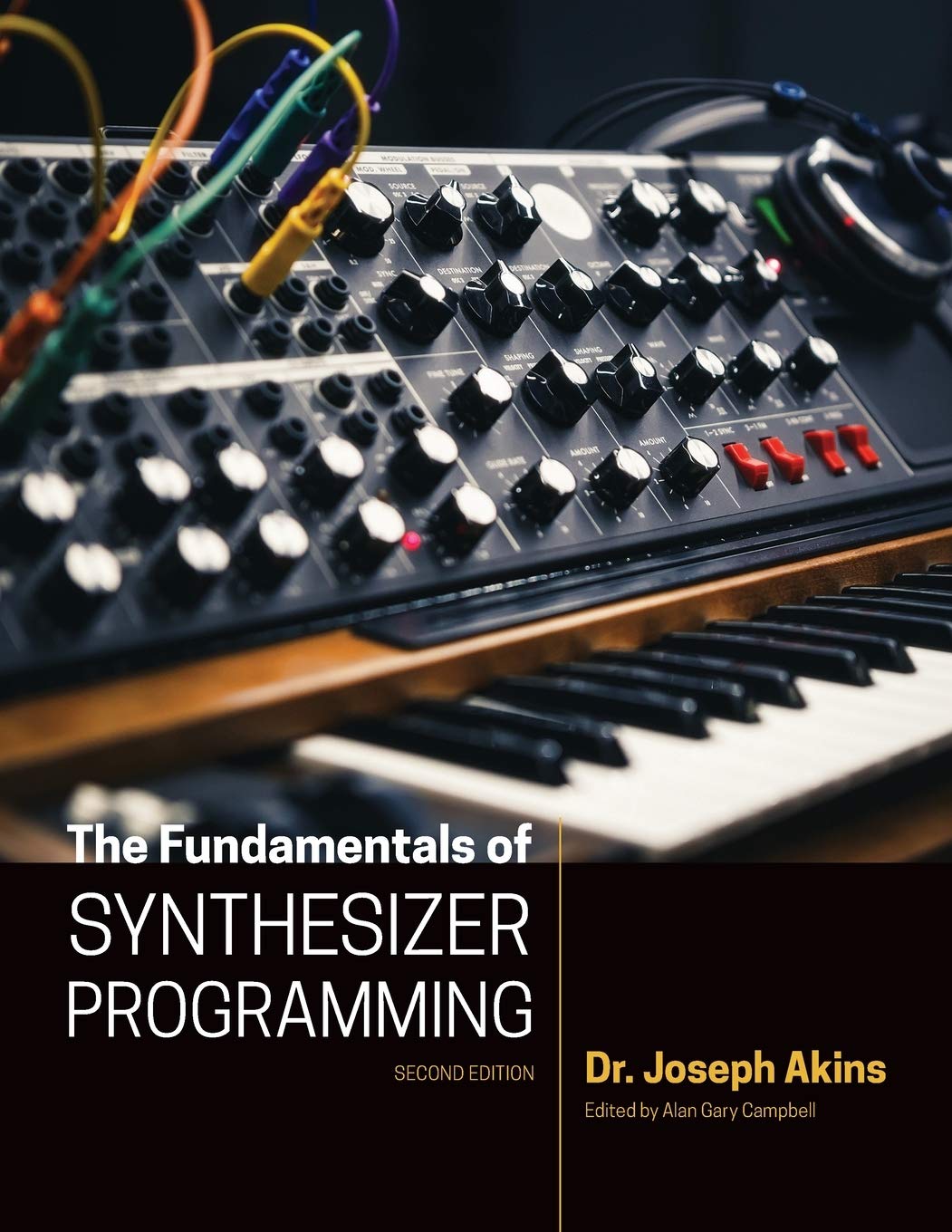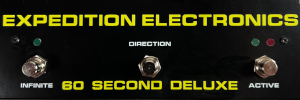
via
this auction"Problems Typically Solved by Replacing the Failed 80017a Chip Include:
* Erratic or sudden loud noise from synthesizer output, particularly after 10 minutes of powering up.
* Note hang-ups or long sustain.
* One synth voice will not respond to filter or amplifier changes.
* Unstable operation.
* Juno-106 or MKS-30: Notes will not play, most typically every 6th note will not play due to failed 80017a chip.
* GR-700: One particular voice or string will not sound, "D" string, "A" string etc.
Sound Clip of 80017a Failure in a GR-700 Guitar SynthesizerThe sound of the failure will change depending on which part of the circuit is not working: the VCF or VCA for example. The above example is provided to illustrate one type of failure. Your synth may have different symptoms as listed above.
An easy way to determine if you cable is working correctly on the GR-700 is to press the EDIT foot pedal, followed by 4 and 8. This puts the GR-700 in tuning mode. Play each string on the GR-700, and you should see the display change for each string. The displays shows "1" for the high E string, "2" for the B string, down to "6" for the low E string. If the GR-700 responds to all six strings, then your cable is good, and most likely you have a failed 80017a chip.
About the 80017a VCA/VCF chip:
The 80017a chip was a real workhorse for Roland synthesizer engineers in the early 1980s. This one chip contained both the classic, driving -24 dB voltage controlled low-pass filter with a smooth voltage controlled amplifier. By placing all the components on one chip, Roland was able to keep the classic sound of their analog synthesizers across various products, with low production costs. However, Roland did experience some probelms with the early production techniques. With reports of chip failures, Roland knew they had a problem on their hands, and changed production methods.
When these chips fail, sometimes a voice will stop working completely. On a keyboard synth, this shows up as every sixth voice not working. On a GR-700 guitar synthesizer, this shows up as one string’s synthesizer voice failing. But the chip may not fail completely, resulting in a lack of control over the filter quality for one voice, or by sudden, loud erratic sounds from the synthesizer. The only solution to these problems is to replace the existing 80017a with a new chip.
At least 20 years after the original production date, this chip is still working well without failure." There's more info on the specific chip for sale including samples at
the auction.
Be sure to see
this post for a fix to existing chips as well. I had the procedure done and it did work.
 via Gerald:
via Gerald: 













dM!~~_1.JPG)

